A nutrition label can tell you a lot, but only if you know what to look for! Food companies are experts at making processed foods look healthy, but once you break down the label, you realize that there can be a lot of not-so-great stuff going on!
Food companies spend billions of dollars crafting ‘health halos’.
“Health halos” are the bold claims companies make printed on the front of the package that make processed foods sound better and seem healthier than they actually are.
“Low-fat,” “made with real fruit,” “multigrain,” “sugar-free”—these phrases make these packaged foods sound healthy, but they’re often hiding the real truth about what’s inside.
You never have to be misled or fooled by clever marketing tactics again. Once you know how to really read a nutrition label, you can make informed choices that will truly nourish you and elevate your health, digestion, and beauty from the inside out.
In this guide, I’ll explain what actually matters on a food label, the biggest red flags to watch out for, and why the healthiest foods often don’t have labels at all!
Why the Ingredients List Is More Important Than the Nutrition Facts Panel
When most people look at a nutrition label, they immediately focus on the numbers—how many calories? How much fat? How much protein? While these numbers might seem like the key to making healthy choices, they don’t tell the full story.
What truly matters is where those nutrients are coming from and how they affect your body.
Take calories, for example. 100 calories from refined sugar will impact your body in a completely different way than 100 calories from broccoli, even though the number itself is the same!
Sugar spikes your blood sugar, provides little to no nutritional value, and can leave you craving more food soon after. Broccoli, on the other hand, is packed with fiber, vitamins, and minerals that help keep you full, energized, and properly nourished.
So obviously, that 100-calorie count affects your body in VERY different ways!
The same concept applies to larger meals. A 500-calorie fast food meal may be high in unhealthy fats, sodium, and processed ingredients, leaving you feeling sluggish, bloated, and unsatisfied.
But a 500-calorie meal made from whole, plant-based foods—like quinoa, leafy greens, avocado, and lentils—provides essential nutrients that fuel your body, stabilize blood sugar, and keep digestion running smoothly!
The real story isn’t in the calorie count—it’s in the ingredients list! Instead of fixating on numbers, focus on choosing whole, nutrient-dense foods that truly nourish you!
Related Reading: Healthy Weight and Why Calories Don’t Matter
Hidden Ingredients & Label Loopholes
Food companies are masters of disguise, using sneaky tricks to make products seem healthier than they actually are.
Just because something looks “clean” on the front of the package doesn’t mean it is. The real story is always in the ingredients list. And unfortunately, food manufacturers have a long list of ways to hide less-than-healthy ingredients under different names.
The Biggest Offenders to Watch Out For
Hidden Sugars: Sugar isn’t just listed as “sugar.” Oh no—it has dozens of names! If you see words like dextrose, maltodextrin, cane juice, fructose, corn syrup, or agave, guess what? That’s sugar, too! High fructose corn syrup, in particular, has been strongly linked to obesity!
Many so-called “healthy” products like granola bars, yogurts, and protein shakes are packed with these sneaky sweeteners, leading to blood sugar crashes, cravings, and fatigue.
Monosodium glutamate (MSG) is often associated with takeout food, but did you know it’s hidden in tons of processed foods under sneaky names like “yeast extract” or “natural flavors”? MSG is a known excitotoxin, meaning it can overstimulate nerve cells and contribute to headaches, bloating, and fatigue.
Refined & Inflammatory Oils: Hydrogenated oils, canola oil, and vegetable oils (sunflower, palm, safflower, cottonseed and so on) might sound harmless, but they’re highly processed, inflammatory, and stripped of nutrients. These oils are used in most packaged foods because they extend shelf life—but at the cost of your health.
Look for healthier options like cold-pressed olive oil, coconut oil, or avocado oil instead.
“Natural Flavors”: When you see “natural flavors” on an ingredient label, it sounds harmless, right? But this vague term can mean just about anything—including hidden chemicals, preservatives, and additives that don’t have to be disclosed.
If a brand isn’t transparent about what’s in their “natural flavors,” it’s best to skip it.
Related Reading: Healthy Tips to Help You Reduce Hidden and Added Sugars
What’s NOT on a Nutrition Label?
Most people don’t realize that some of the most important details about a food product aren’t even listed on the label. While we focus on calories, protein, and sugar, there are hidden factors that can impact your health just as much—if not more.
Expiration Dates & Why Processed Foods Last for Years
Ever wonder why packaged foods seem to have an insanely long shelf life? Preservatives, stabilizers, and additives help them last for months (or even years!), which is convenient for storage but not great for your body.
The longer a food can sit on a shelf without spoiling, the further it is from its natural state.
The Real Freshness Factor
Just because something is labeled “natural” doesn’t mean it’s fresh or nutrient-rich. A product could be made with natural ingredients, but if it’s been highly processed or sitting in a package for months, many of the beneficial nutrients have already degraded.
Preservatives & Additives That Don’t Have to Be Listed
Some processing methods don’t even require companies to list certain preservatives or chemicals on the label! For example, chemicals used in food packaging can leach into your food—but they won’t be listed as an ingredient.
This is why choosing fresh, whole foods as often as possible is so important!
When “Healthy” Claims Are Misleading
How many times have you picked up a food product thinking it was healthy, only to realize later that it wasn’t quite what it seemed?
That’s greenwashing in action when food companies use buzzwords and clever marketing to make processed foods appear more nutritious than they really are.
Front-of-package claims are designed to sell, not to inform. If you really want to know what’s inside, you have to flip the package over and read the ingredients list.
Let’s break down some of the most misleading claims:
“Made with Real Fruit”
Sounds great, right? But a splash of fruit juice concentrate doesn’t make something healthy. Most of the time, you’re still getting a sugar-loaded product with barely any real fruit and none of the fiber or nutrients of eating whole fruit.
“Multigrain”
This doesn’t mean whole grain! Food companies love using this term, but many multigrain products are mostly refined white flour with just a sprinkle of whole wheat or another grain added in. Look for 100% whole grain instead.
“Fat-Free”
If something is naturally fat-free (like fruit), great! But when you see this label on processed foods like salad dressings, yogurts, or snacks, be skeptical. Fat-free often means extra sugar, additives, or thickeners to make up for the lost flavor.
“Cage-Free Eggs”
This one is tricky! While it sounds ethical, cage-free doesn’t mean free-range or pasture-raised. Chickens may still be confined indoors with limited space. Look for eggs raised from a local farmer if you want the most humane option (I personally do not eat eggs).
“Dolpin-safe tuna”
This involves the fishing companies self-reporting dolphins caught in their nets…and may not be totally accurate. Try plant-based protein options like lentils or black beans and ditch tuna and especially larger fish, at least more of the time. Seafood these days can be a big source of microplastics and heavy metals.
Related Reading: 25 Unhealthy Foods You Need to Know
The Best Food Label? No Label at All!
The healthiest, most nourishing foods don’t come in packages covered with nutrition facts and health claims. Fresh, whole foods don’t need labels—because they speak for themselves!
Think about it: Have you ever seen an avocado boasting about its healthy fats? Or a bunch of kale advertising its fiber content?
Real, unprocessed foods naturally contain everything your body needs to thrive without the preservatives, additives, or misleading marketing tricks.
What to Prioritize When Shopping
Minimal Packaging = Better for You & the Planet
If it comes in a bag, box, or bottle, it’s likely been processed in some way. The more whole, unpackaged foods you buy, the less you have to worry about hidden ingredients—and the less waste you create, too!
Focus on Real, Whole Foods
Fresh organic fruits and vegetables, whole grains, nuts, seeds, and legumes should make up the foundation of your meals. These naturally contain the perfect balance of fiber, antioxidants, healthy fats, and essential nutrients—no label required.
The Beauty of Home-Cooked Meals
If you wouldn’t stock your kitchen with an ingredient, why let a manufacturer add it to your food? Cooking at home gives you full control over what goes into your meals, allowing you to nourish your body with clean, whole ingredients.
Related Reading: The Ultimate Grocery List (Beauty Detox and Budget Friendly!)
Why You Need to Support Your Gut (Nobody Eats Perfectly 100% of the Time!)
Even with the best intentions, no one eats a perfectly fresh, home-cooked meal every single time. Life gets busy, we grab something convenient, or we indulge in a treat now and then.
And that’s okay!
But modern food processing, depleted soil nutrients, and environmental toxins have made it harder than ever for our digestive systems to function at their best.
This is where targeted digestive support comes in. Even if you’re eating a whole-food, plant-based diet, your gut still needs the right tools to break down and absorb nutrients properly.
Related Reading: How to Absorb More Nutrients from Your Food!
Why Your Gut Needs Extra Support
Modern Food Isn’t as Nutrient-Dense
Soil depletion has led to a decline in our produce’s vitamin and mineral content. Even organic fruits and vegetables don’t always contain the same nutrient levels they did decades ago. This means your gut has to work harder to extract what it needs.
Hidden Ingredients Slow Digestion
Even “healthy” packaged foods can contain emulsifiers, preservatives, and refined oils that disrupt gut bacteria and slow digestion. Taking the right digestive support can help counteract these effects!
Toxins & Environmental Stressors Affect Our Microbiome
From pesticides to pollutants, our gut bacteria are constantly under attack. The balance of good bacteria in our microbiome is essential for digestion, immunity, and even mood regulation.
How to Give Your Gut What It Needs
Feel Good SBO Probiotics: These soil-based probiotics are naturally resilient, designed to survive stomach acid and reach your gut alive. They help replenish beneficial bacteria, improve digestion, and support nutrient absorption—so you get more from every meal!
Feel Good Digestive Enzymes: Even the cleanest plant-based meals can be tough to break down, especially when they contain fiber-rich veggies, legumes, or nuts. These enzymes help efficiently break down protein, fat, and carbohydrates, reducing bloating and improving overall digestion.
I believe in the power of whole, plant-based foods, which is why our website is full of delicious, nutrient-packed recipes to help you transition away from processed foods!
Plus, for an even deeper dive into whole food nutrition, I highly recommend checking out The Beauty Detox Solution, where I break down how plant-based eating can transform your health, digestion, and energy levels.
When you focus on real, unprocessed foods, you won’t have to worry about reading between the lines because you’ll already be eating exactly what your body needs!
In love and health,

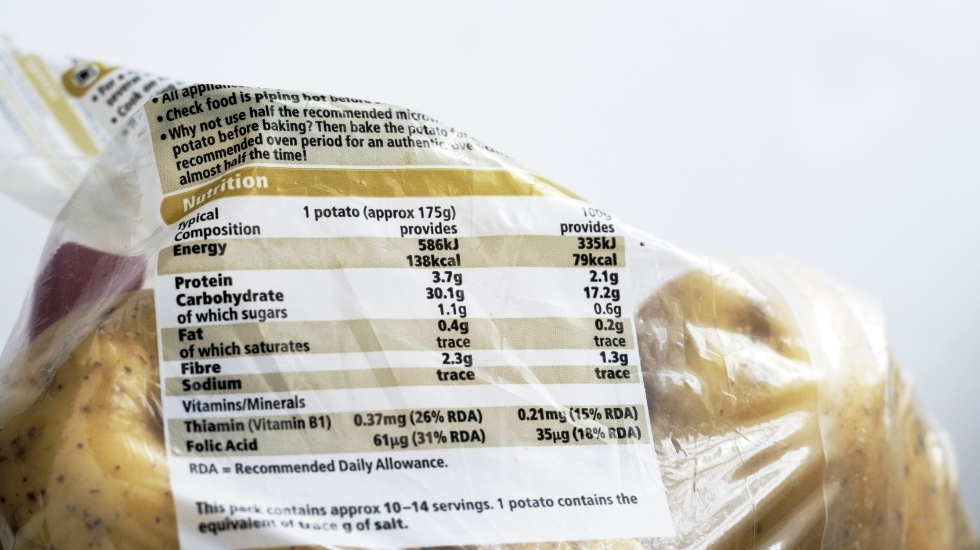
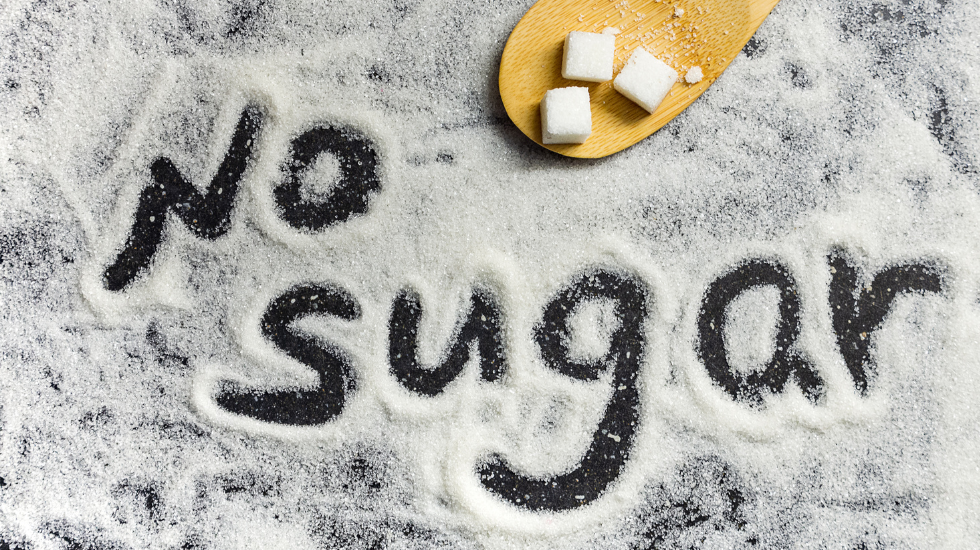
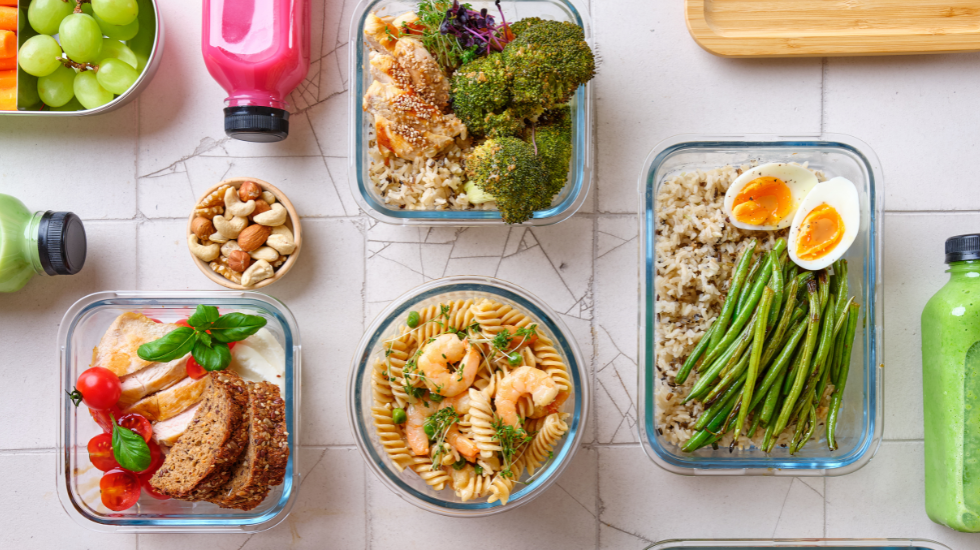
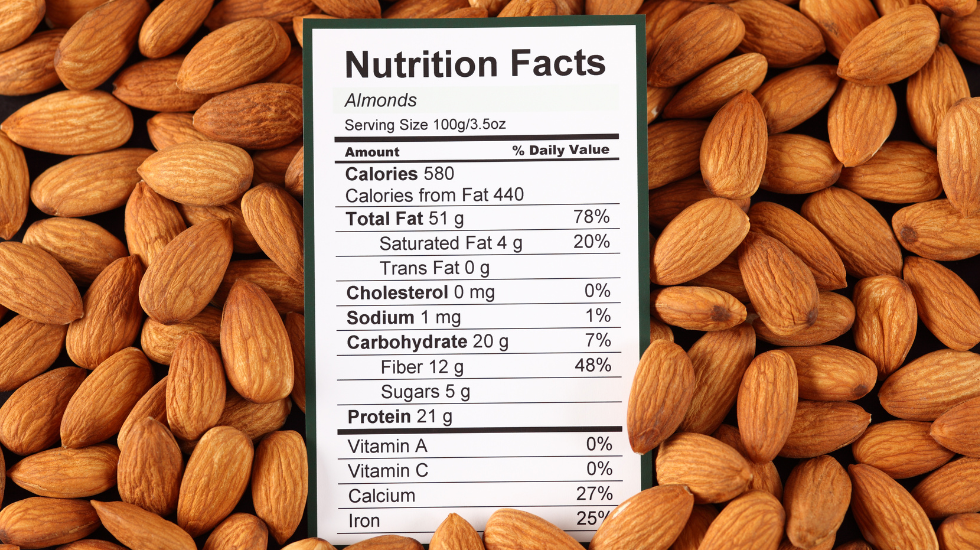
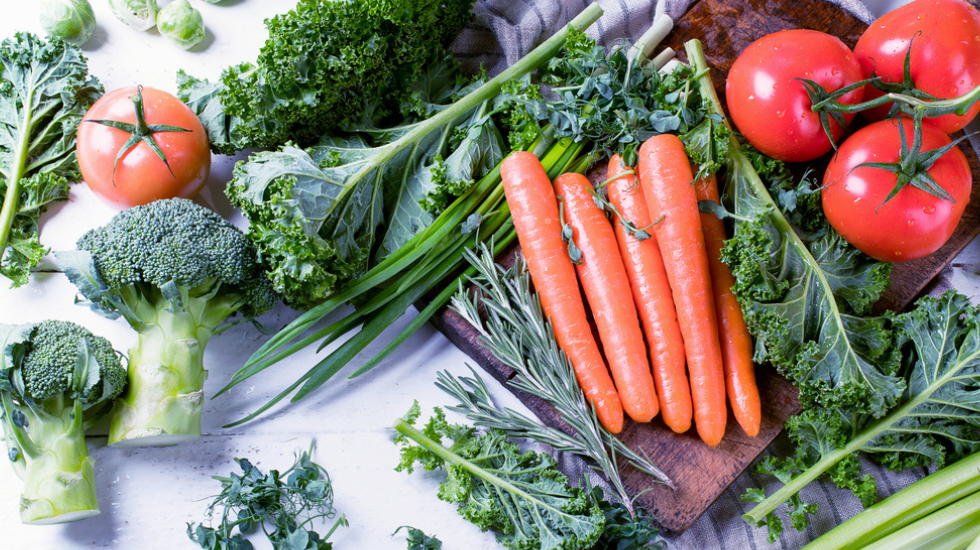




0 Comments